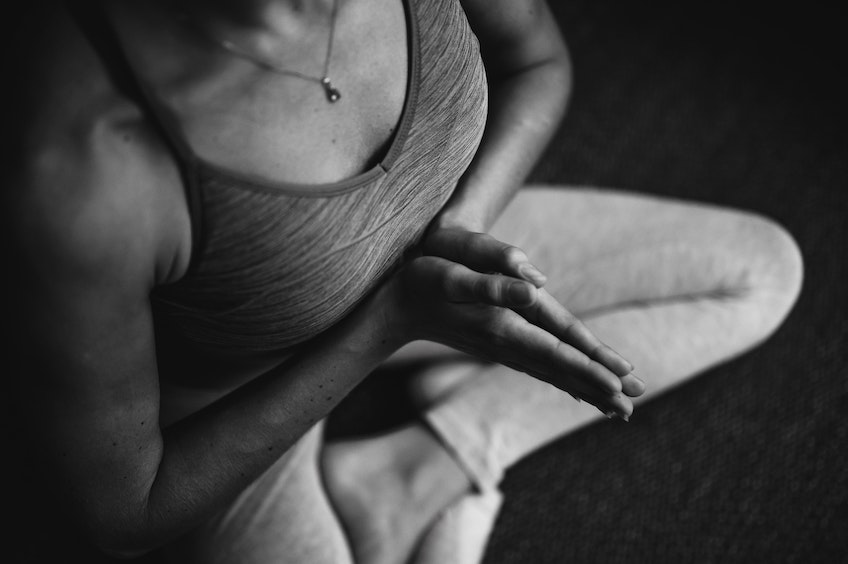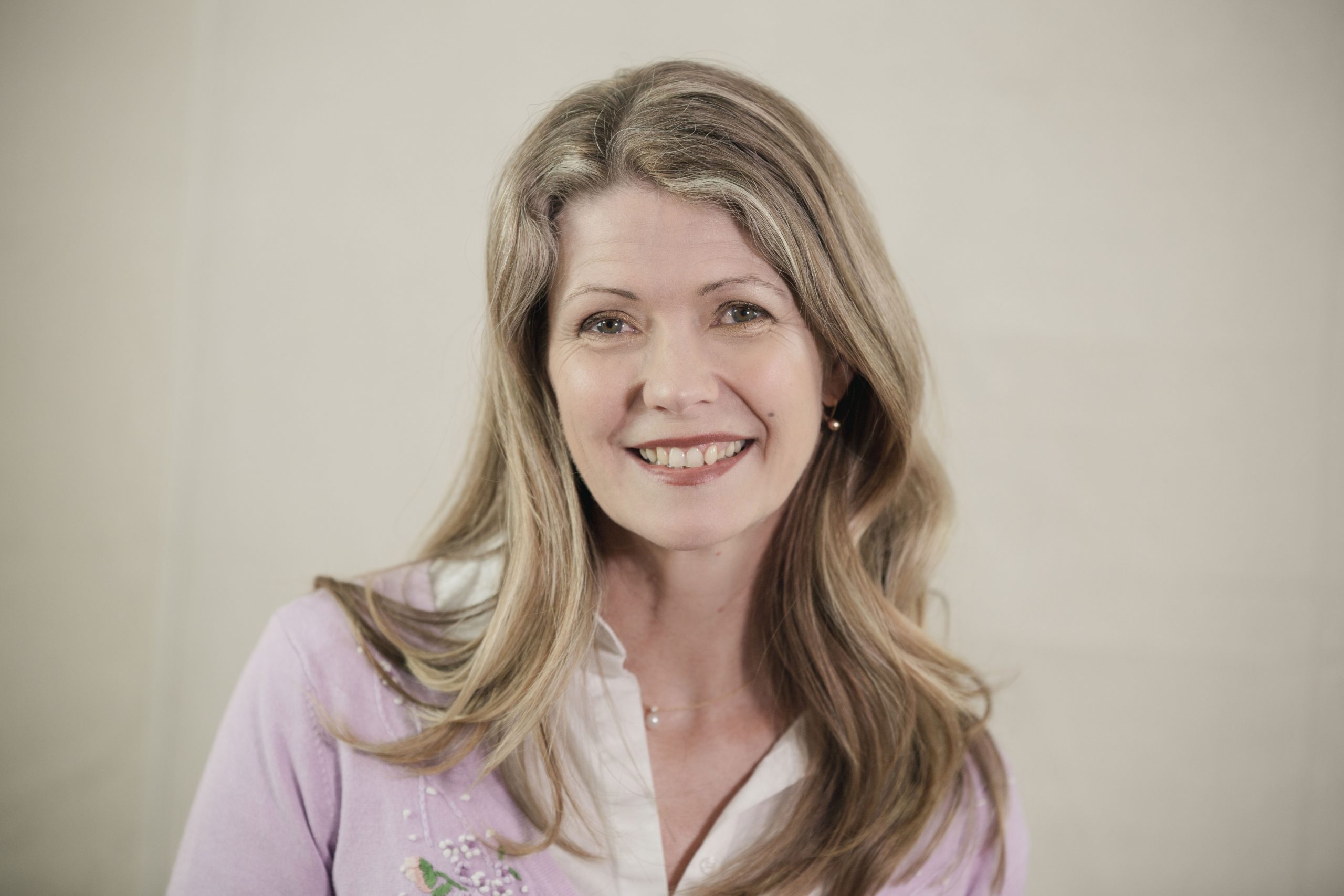For nearly 30 years, I have specialised in autism, working directly with autistic people as a clinical psychologist. People say to me it must be really difficult and challenging working with autistic people as they tend to think ‘autistic people don’t get “better”. It is misconceptions such as this that I find disheartening, as autistics are not broken or defective.
An autistic person has a different neurology than a person who isn’t autistic. And being different can be difficult, especially in a world where most people don’t understand autism and where the environment is not accommodating of difference.
In my work I have found autistic people, like all humans, have both strengths and areas of challenge. And I don’t want to minimise the challenges autistic people face. I have met many autistic people who are lonely, unemployed or under employed, experiencing addiction, anxiety, depression, eating disorders, or just feel they do not make a good fit with the World. As a clinical psychologist, I see a lot of people struggling and my role is to help navigate and alleviate the challenges, the pain, or the loneliness they may be experiencing; not to ‘fix’ the person or ‘fix’ their autism.
One of the reasons, about ten years ago, I started to embrace yoga in my approach to autism is because the philosophy of yoga embraces the person as they are, that is, completely perfect as they are. This is not to say that certain thoughts, emotions, and sensory perception do not cause problems. The idea is that the person, or the true Self, is not defined by these experiences, instead each experience is best seen as a messenger that something is wrong.
I was also attracted to yoga for autism because I was peripherally aware of the benefits of meditating, being in the present moment, and being more aware of the body, i.e. living less in the head. I thought yoga would be a good way to assist autistic people to meditate, because it can be hard for many on the spectrum to sit still, and I thought it would also be a good way to help my clients get more into the experience of being in the present moment and their bodies.
When suffering comes up, the philosophy of yoga teaches: notice the experience and move in closer to observe what is happening with love and compassion. When suffering or discomfort happen, these are natural parts of human experience that come and go, like clouds come and go across the sky. When strong emotions like anxiety, depression, anger, or intense sensory experiences come along, the practice of yoga says lovingly “stay.’’ Observe what is happening and label the experience. The experience does not define you, but it is important and has a message. Notice the thought, the emotion or sensation and also notice what is happening in your body. Notice if there is any way that you can bring a sense of ease into your experience. Is there a different way of holding your body right now that would provide you with more support? Is there something that your body needs? Would breathing a different way right now support you? Is there any other way you could be supported right now? Could you ask someone else to help?
Recommended Texts:
Manocha, R (2016). Silence Your Mind Hachette: Australia.
Simpkins, C.A. & Simpkins A.M. (2014). Yoga and Mindfulness Therapy: Workbook for Clinicians and Clients. PESI Publishing & Media; USA.
Thornton Hardy, S. (2015). Asanas for Autism and Special Needs: Yoga to Help Children with Their Emotions, Self-Regulation and Body Awareness. Jessica Kingsley Publishers: UK.
Dr Michelle Garnett PhD is a clinical psychologist who has specialised in autism for 28 years. In 2005 she founded Minds & Hearts, a now internationally recognised Clinic specialised to autism. Her research has informed understanding of early detection, the female profile and the importance of good mental health. She has co-authored six highly regarded books on autism, including a seminal work with Barb Cook on the female presentation, Spectrum Women: Walking to the Beat of Autism.





